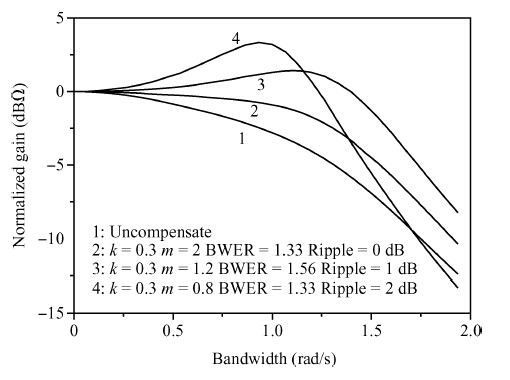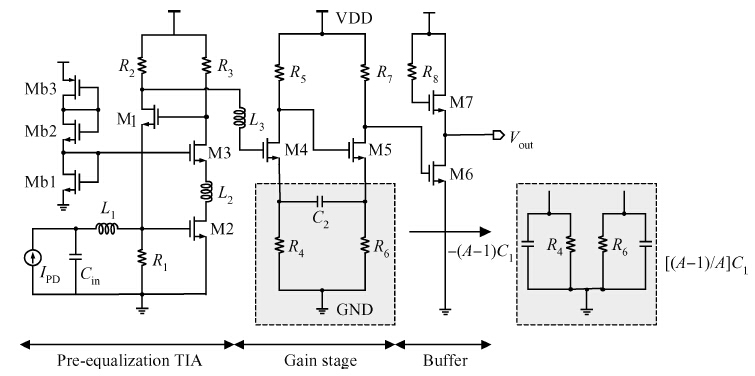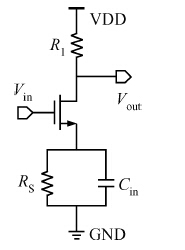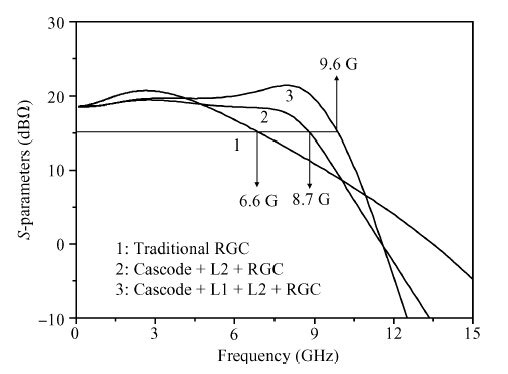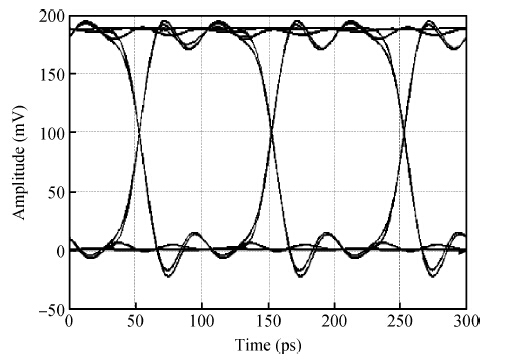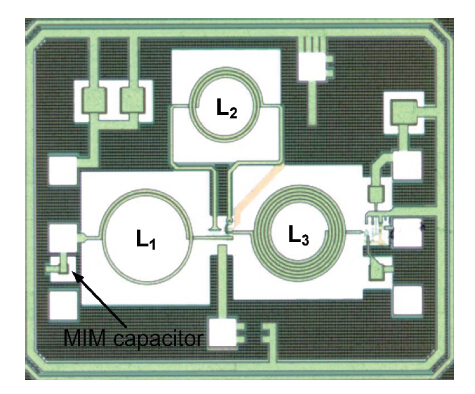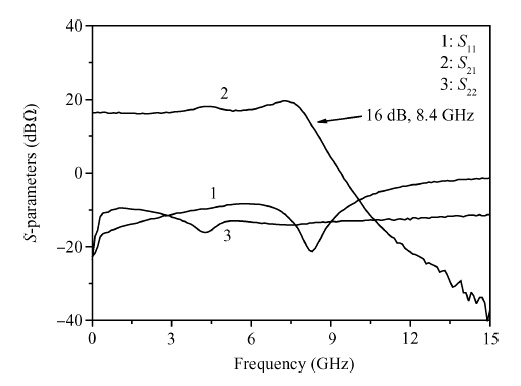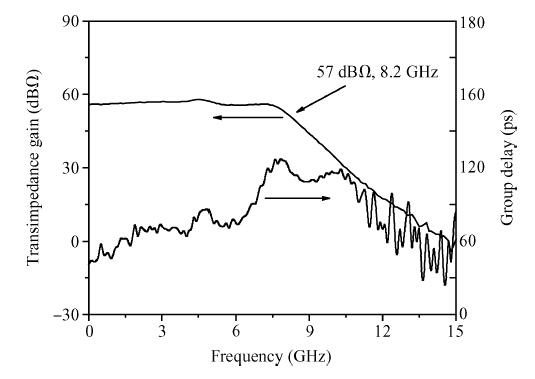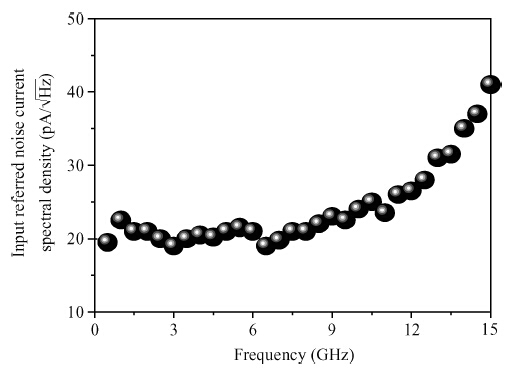| Citation: |
Qiwei Song, Luhong Mao, Sheng Xie, Yuzhuo Kang. Novel pre-equalization transimpedance amplifier for 10 Gb/s optical interconnects[J]. Journal of Semiconductors, 2015, 36(7): 075002. doi: 10.1088/1674-4926/36/7/075002
****
Q W Song, L H Mao, S Xie, Y Z Kang. Novel pre-equalization transimpedance amplifier for 10 Gb/s optical interconnects[J]. J. Semicond., 2015, 36(7): 075002. doi: 10.1088/1674-4926/36/7/075002.
|
Novel pre-equalization transimpedance amplifier for 10 Gb/s optical interconnects
DOI: 10.1088/1674-4926/36/7/075002
More Information
-
Abstract
This paper presents a modified regulated cascode (RGC) transimpedance amplifier (TIA) with a novel pre-equalized technique. The pre-equalized circuit employed the broadband series inductive π-network and Gm-boosting technique. The introduction of this technique compensates the transferred signal at the input port of the TIA without an increase in power dissipation. Furthermore, a novel miller capacitance degeneration method is designed in the gain stage for further bandwidth improvement. The TIA is realized in UMC 0.18 μm CMOS technology and tested with an on-chip 0.3 pF capacitor to emulate a photodetector (PD). The measured transimpedance gain amounts to 57 dBΩ with a -3 dB bandwidth of about 8.2 GHz and consumes only 22 mW power from a single 1.8 V supply. -
References
[1] [2] [3] [4] [5] [6] [7] [8] [9] [10] [11] [12] [13] [14] -
Proportional views





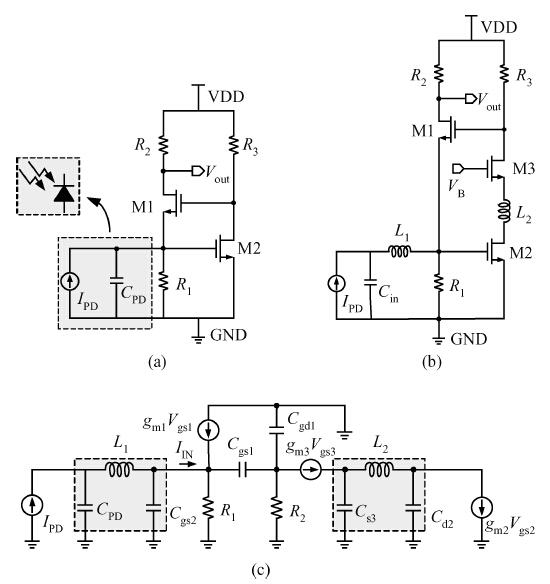
 DownLoad:
DownLoad:
